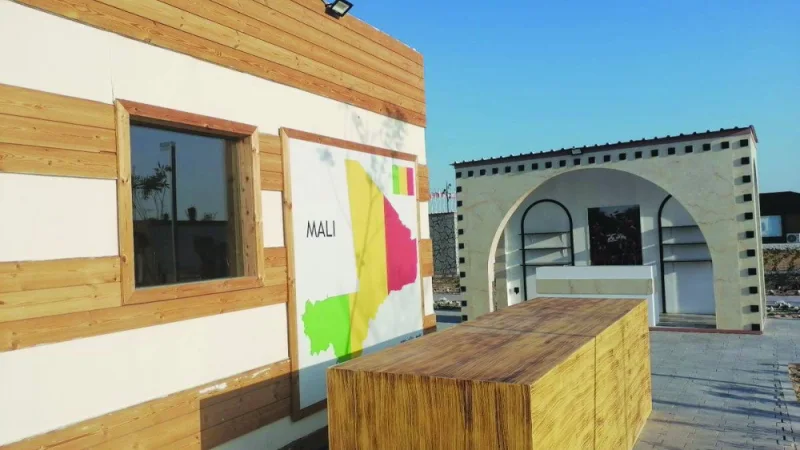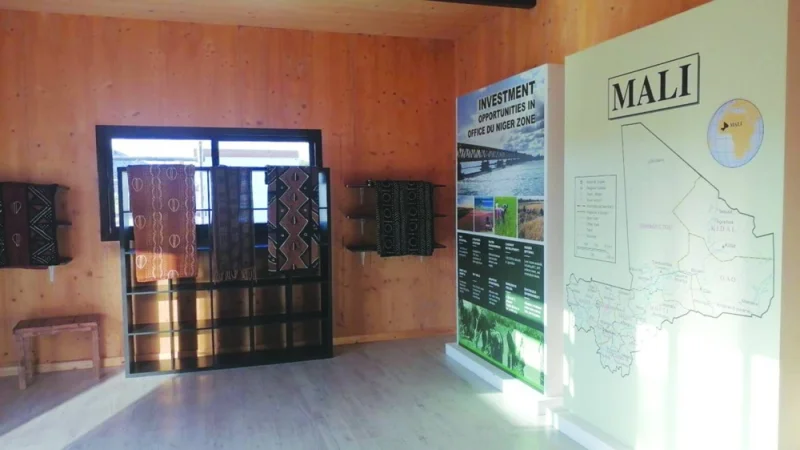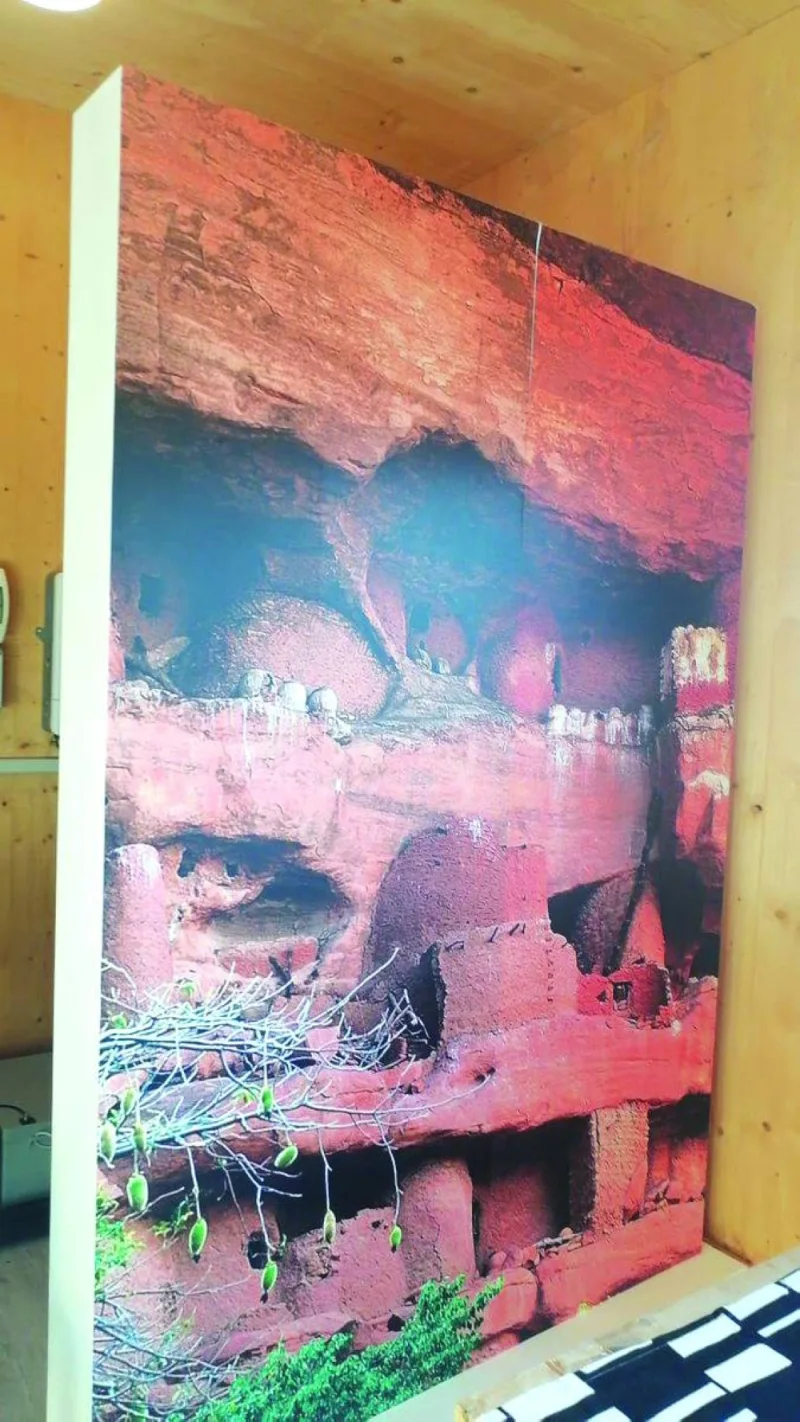The pavilion of the Republic of Mali at the International Horticultural Expo 2023 Doha showcases the phases of evolution agriculture has undergone in Mali with a rich history that distinguishes the nation from the rest of African countries. The pavilion introduces the prominent landmarks of this nation that express its culture, African features, Islamic identity, as well its French-speaking tongue.
The number of Muslims in Mali represents roughly 95% of the total population of 22mn people. The pavilion primarily exhibits a huge map that defines the geography of the country to familiarize the expo visitors with its location in West Africa, bordering Mauritania, and Algeria to the north, Niger to the east, Burkina Faso, and Ivory Coast in the south, as well as Guinea to the south and west.
In addition, the pavilion contains models of ancient agricultural practices in Mali and their evolution through time. It also highlights the cultivation of cotton and sorghum-based on irrigation on the waters of the Senegal and Niger rivers. The pavilion has dedicated a section that shows the modern irrigation systems and the high-efficiency agricultural techniques that were the reason behind the agricultural expansion there, notwithstanding the challenges posed by climate change.
The pavilion shows a wide range of cultural artefacts and modern irrigation techniques, along with the role of insecticides and agricultural machines in addressing the challenges and increasing production. The photographs in the pavilion document the process of cultivating rice, since it is one of the most important crops in Mali, and how climate plays a significant role in the agricultural diversity in that country.

The pavilion shows a wide range of cultural artefacts and modern irrigation techniques, along with the role of insecticides and agricultural machines in addressing the challenges and increasing production.



